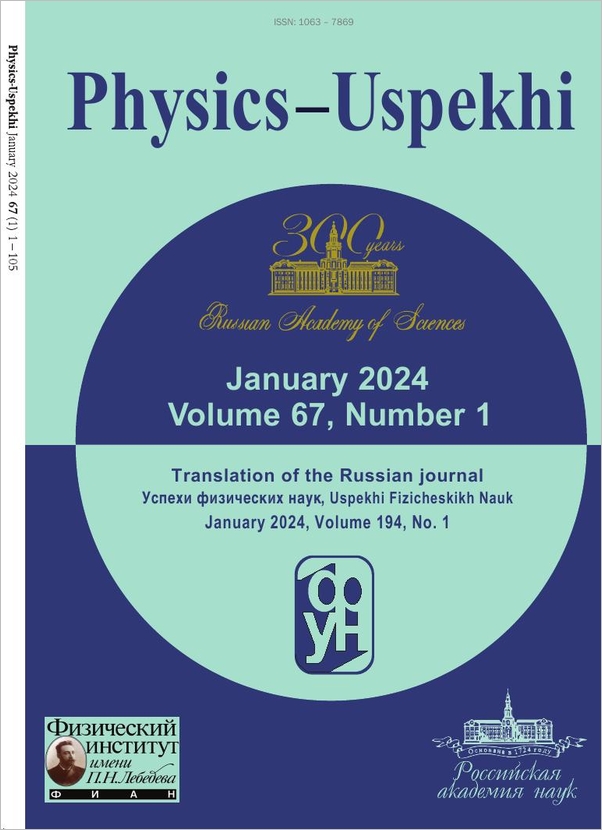|
This article is cited in 11 scientific papers (total in 11 papers)
FROM THE CURRENT LITERATURE
Superconducting phase diagrams of cuprates and pnictides as a key to understanding the HTSC mechanism
K. V. Mitsen, O. M. Ivanenko
Lebedev Physical Institute, Russian Academy of Sciences, Moscow
Abstract:
This paper reviews experimental phase diagrams of cuprates and pnictides to demonstrate that specific features of the superconducting phase diagrams in both HTSC families can be understood within the framework of the proposed approach, which assumes the formation, under heterovalent doping, of localized trion complexes consisting of a doped carrier and charge transfer (CT) excitons. The geometry of such cells containing CT excitons (CT plaquettes) in the basal plane of the crystal is determined by its crystal structure and the type of dopant, so that the dopant concentration range corresponding to the existence of a percolation cluster of CT plaquettes can be readily determined for each particular compound. These dopant concentration ranges coincide with good accuracy with the experimental ranges of superconducting domes in the phase diagrams of the HTSC compounds considered. The generation of free carriers and the mechanism of superconducting pairing in this pattern is related to biexciton complexes (Heitler–London centers) emerging in neighboring CT plaquettes.
Received: November 1, 2016
Revised: December 5, 2016
Accepted: December 6, 2016
Citation:
K. V. Mitsen, O. M. Ivanenko, “Superconducting phase diagrams of cuprates and pnictides as a key to understanding the HTSC mechanism”, UFN, 187:4 (2017), 431–441; Phys. Usp., 60:4 (2017), 402–411
Linking options:
https://www.mathnet.ru/eng/ufn5837 https://www.mathnet.ru/eng/ufn/v187/i4/p431
|


| Statistics & downloads: |
| Abstract page: | 220 | | Full-text PDF : | 54 | | References: | 47 | | First page: | 7 |
|





 Contact us:
Contact us: Terms of Use
Terms of Use
 Registration to the website
Registration to the website Logotypes
Logotypes








 Citation in format
Citation in format 
